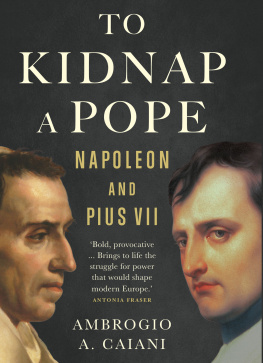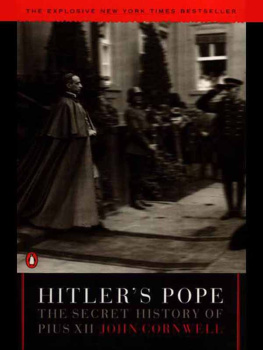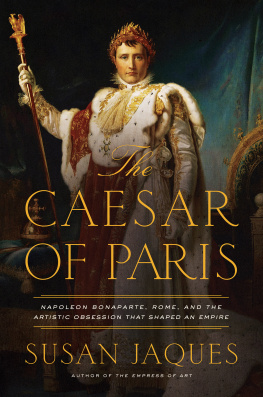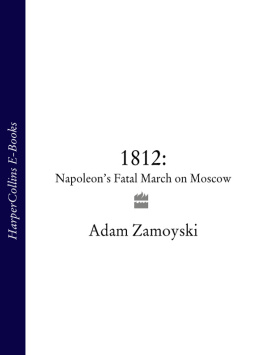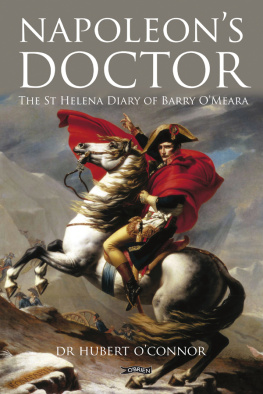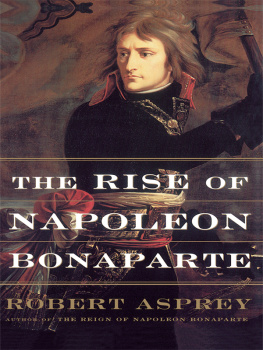INTRODUCTION
A SLEEPLESS NIGHT IN THE ETERNAL CITY, 1809
On the night of 56 July 1809, most of Romes inhabitants were asleep, their windows and shutters open so that what breeze there was might chase away the intense summer heat. Those still awake could hear the regular patrols of French and Neapolitan soldiers marching through the streets. Their presence was deeply resented. When Napoleons soldiers had first entered the city a year earlier, the sixty-six-year-old Pope Pius VII had moved to the Quirinal Palace, his preferred lodgings and an escape from the tribulations of his high office. Constructed during the sixteenth century, mushrooming in size ever since, the Quirinal is a labyrinth. Its structure is, more or less, L-shaped; its interiors comprise seemingly endless enfilades of antechambers and state rooms, while at the base of the L its large courtyard, or cortile donore, is arranged around a large clock tower. Perched atop a hill, the palace commands magnificent vistas over the city and looks directly onto the dome of Saint Peters Basilica. A favourite residence of the popes, especially in the summer months, the cool ornamental gardens, English coffee house and ice boxes made it a haven from the sun, and, being on high ground, it was considered more salubrious than the Vatican, whose proximity to the Tiber was thought to be unhealthy.
As 6 July dawned the sentries in the clock tower retired for the night feeling that their duty had been done. They were unaware that their movements were being closely watched. As soon as the lights in the tower had been extinguished, a flurry of activity began. The tight streets and square in front of the palace gradually filled with Neapolitan soldiers and French gendarmes. The leader of these 700 and more troops was the Frenchman tienne Radet, resplendent in the blue uniform of a brigadier general of the Imperial Gendarmerie. He was an attractive man: tall, broad-shouldered, his cheeks sporting impressive auburn sideburns. This proud soldier, like the gendarmes he led, was a veteran of many campaigns of the revolutionary and Napoleonic wars. As he gained seniority, he In the early morning of 6 July he was about to face his biggest challenge.
In late June, the military governor of Rome, General Sextius Alexandre Franois de Miollis, had instructed Radet to take Pius VII into custody. The verbal orders stressed the delicacy of the operation: the pontiff must be extracted from the Quirinal without allowing time for the alarm to be raised. Radet spent weeks dutifully planning the popes kidnapping. He discreetly reconnoitred Piazza di Monte Cavallo at the summit of the Quirinal. His task was made easier by the recruitment of a group of disgruntled papal servants and Roman aristocrats. These renegades provided useful intelligence as to how to enter the palace unobserved. They also described the habits of the pope and, more importantly, his guards. It was thanks to their intelligence that Radet knew that the palace sentries retired at two oclock in the morning.
The plan the general devised was bold, and bore many of the hallmarks of Napoleonic strategy. During the Empire, the French had divided their army into smaller units that would march swiftly on separate roads and then converge on the enemys position to destroy him. This was known as the corps darmesystem. Radet hoped to achieve a similar outcome on a smaller scale.

